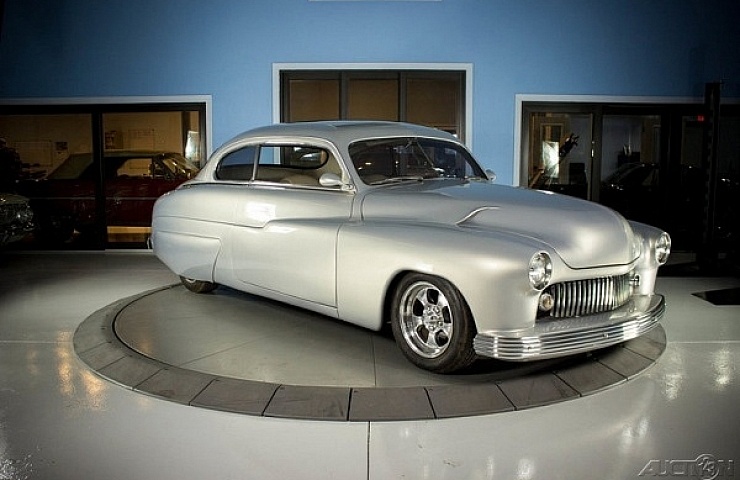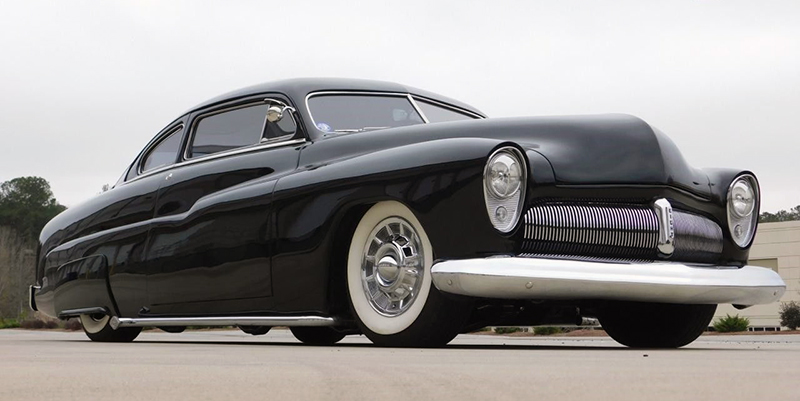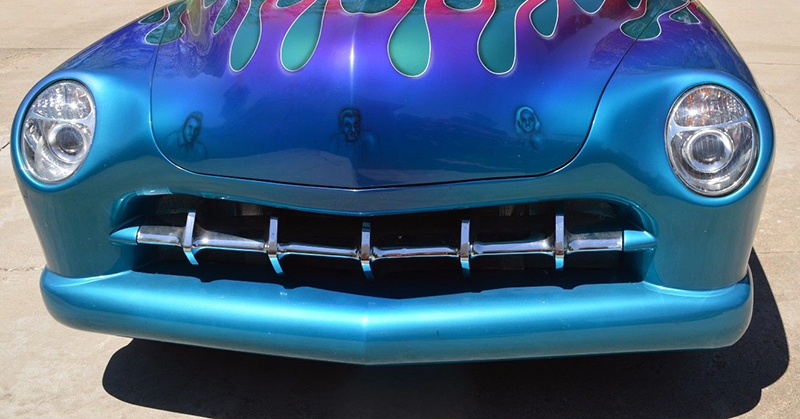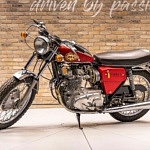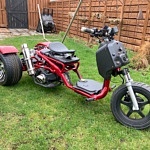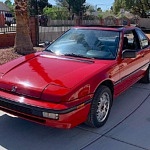When you see a Mercury from 1949 to 1951—and its body was chopped, channeled, and otherwise reshaped—it’s immediately recognizable as a “lead sled.” But like many other automotive terms, there’s hardly unanimous agreement among gearheads about the definition of a lead sled. Purists might say that a true lead sled must be a two-door Mercury. But many American coupes from the late 1940s have similar lines. They’re great candidates for the distinctive classic-car style.
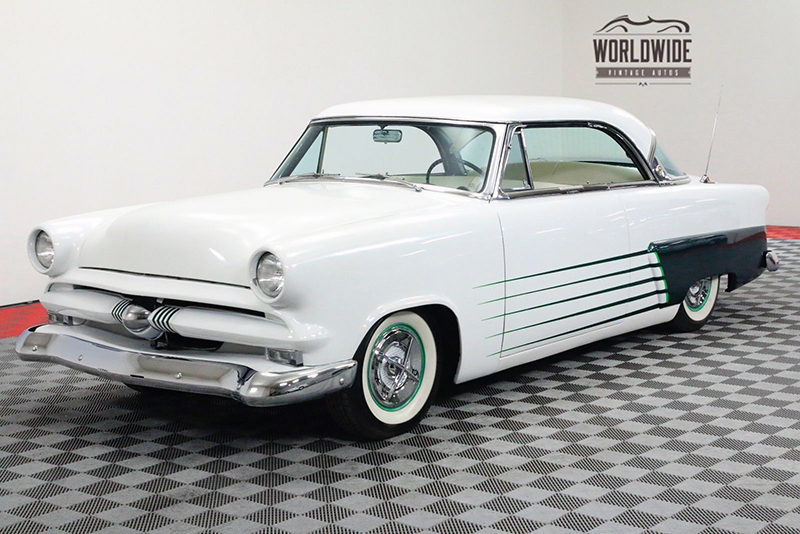
While a lead sled usually refers to a car like the 1950 Mercury coupe at the top of this post, the category can be expanded to include this 1953 Ford Crown Victoria.
Authentic Lead Sleds Don’t Rely on Bondo
Long before Bondo and plastic body fillers were available, lead was heated and allowed to melt into damaged body panels. The same technique was used to create to restyle these American classics. A prime example from the movies was the red 1951 Mercury that Bo Hopkins drove in American Graffiti.
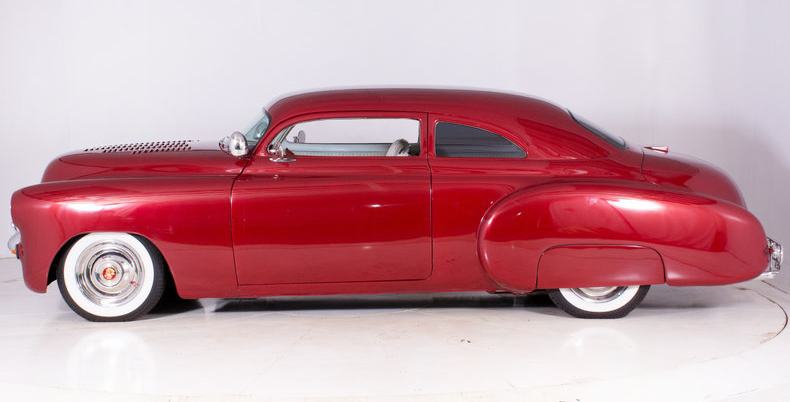
This 1949 Chevrolet Fleetline showcases a lead sled’s requisite chopped roofline.
Chop, Channel, and French: What’s Up With That?
Creating a custom lead sled also usually means chopping the roofline and lowering it for a sleeker stance. Typically, the roofline is set at a severe angle—low in the back and rising to the front. The other key body mod is channeling. That’s the technique of cutting the bottom of the car and dropping it lower on the frame, which is how hot-rodders slammed down a car before bagging came on the scene.
Finishing touches include “frenching,” the process of recessing headlight, taillights, and radio antennas, so the flat lines of the body aren’t interrupted by those elements. (The name originates from the French cuff of a shirt sleeve.) The same idea—the use of smooth, flat lines—extends to removing all the marque’s badges, emblems, and metal trim pieces. Sleek custom skirts often covers the rear wheels.
Shave Everything
In fact, anything that might detract from the car’s sleekness has to go. That includes the rain gutters that often outline the top of a car door. Door handles are shaved to eliminate chrome pieces that stick out from the body. And if you want a pure lead sled, it’s important to change the grill—flipping it upside down or applying one from a different model for a sly, smooth grin.
All these mods aren’t absolutely required, but embracing the style of a lead sled means employing as many of these custom changes as possible. eBay Motors always has a wide selection of customized sleds for sale—or pick up a 1949 to 1951 Mercury and start modding.

